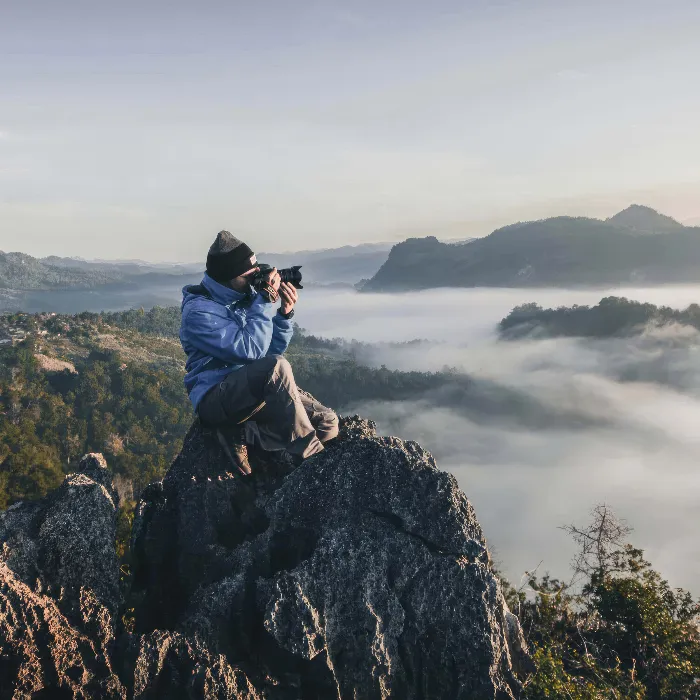The ISO value is one of the crucial elements in photography that many photographers often misunderstand. This value can help you optimally control the exposure of your images, but it can also significantly affect image quality. In this guide, you will learn how to effectively set the ISO value on your camera, which values are sensible in different situations, and what to watch out for to achieve the best results.
Key Insights
- The ISO value affects the brightness of an image.
- High ISO values can cause image noise.
- Sensor size plays a role in noise behavior.
- Practice with different ISO values to find the optimum for your camera.
Step-by-Step Guide
Understanding the ISO Value
The ISO value is an important parameter that influences the sensitivity of the image sensor to light. When you increase the ISO value, your image becomes brighter, as the camera reacts more sensitively to light. Conversely, a lower ISO value means the image will be darker. This is particularly important for properly adjusting exposure in different lighting conditions.
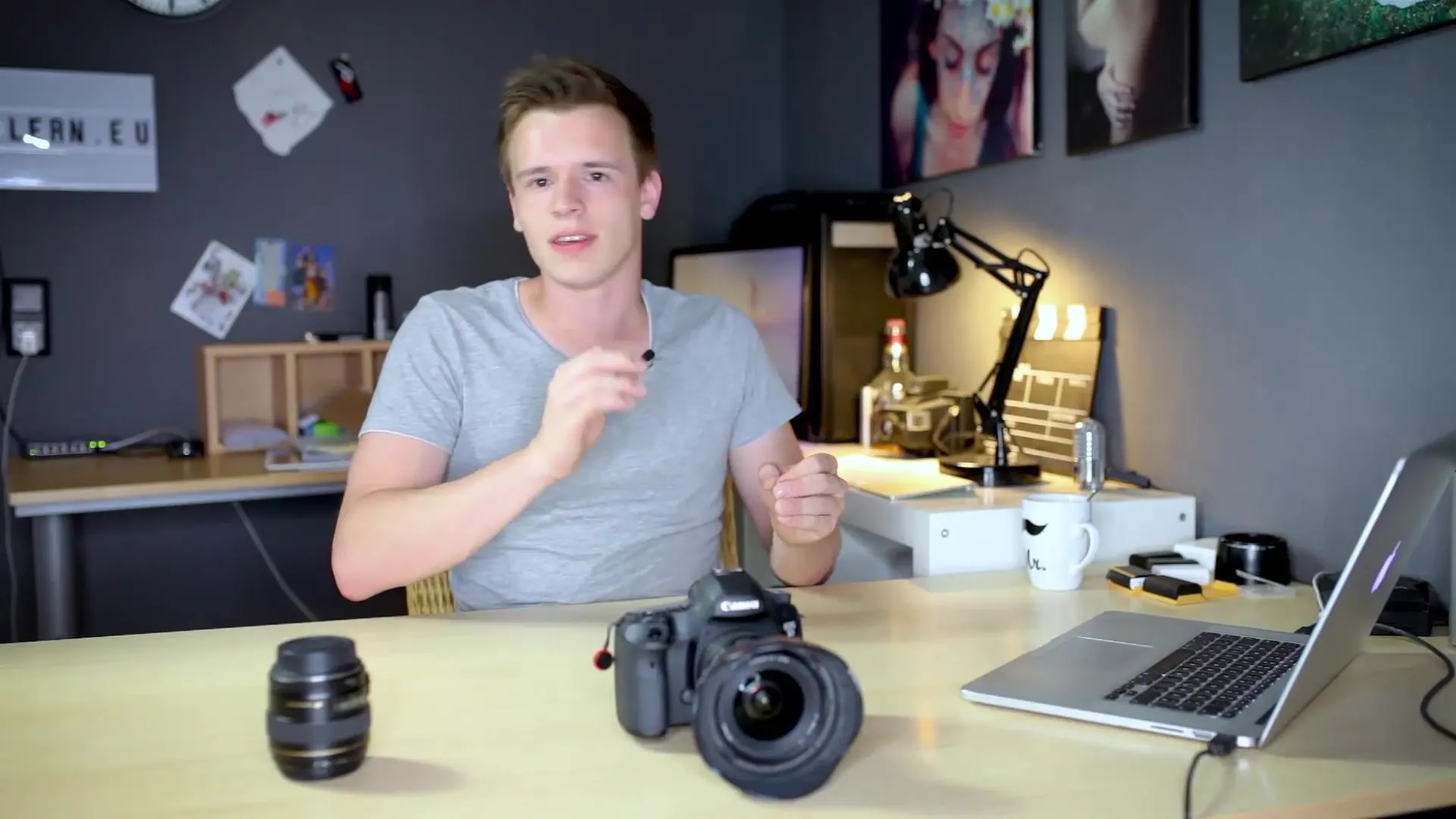
The Impact on Noise
In addition to brightness, the ISO value also significantly influences image noise. Noise can greatly affect the sharpness and quality of an image. Originally, noise came from analog films but has been transferred to digital cameras. In digital photography, care should be taken that a high ISO value amplifies noise and can make the image appear blurry.
How Noise Is Created
Noise in an image occurs when too many digital disturbances overlay the image. This leads to a blurry and mushy appearance. The fine micro-differences between light and dark in the image are muddied by noise, which is particularly harmful to image quality.
The Role of Sensor Size
Another important factor that affects noise is the size of the image sensor. A larger sensor can capture more light, which means it is better able to deliver clean images even at higher ISO values. Smartphones often have smaller sensors, resulting in blurry images at high ISO values.
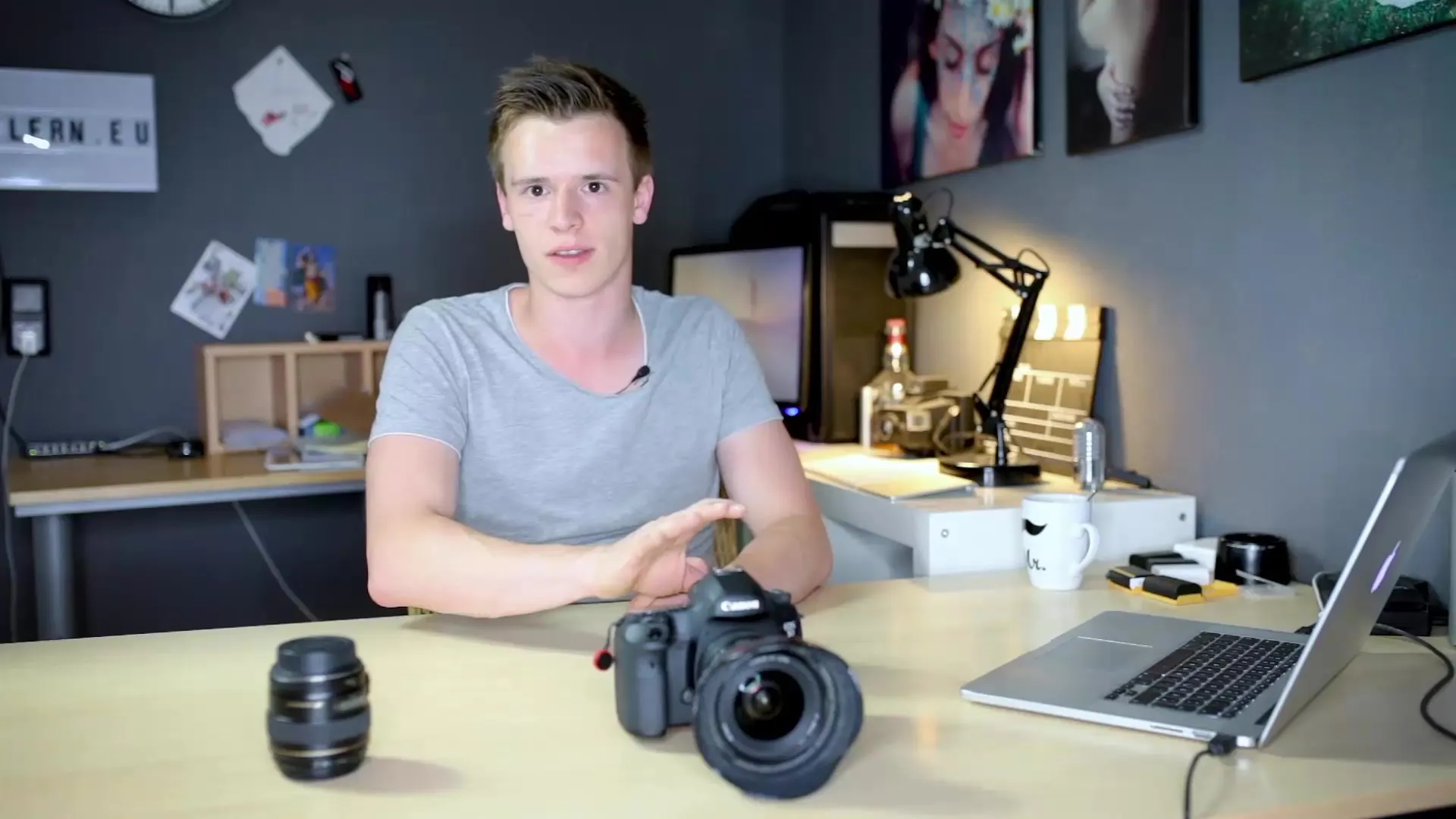
Test Different ISO Values
To find out how much noise your camera produces at different ISO values, it is advisable to try different ISO settings in various lighting conditions. Take pictures at different ISO levels and evaluate at which value the image remains acceptable to you.
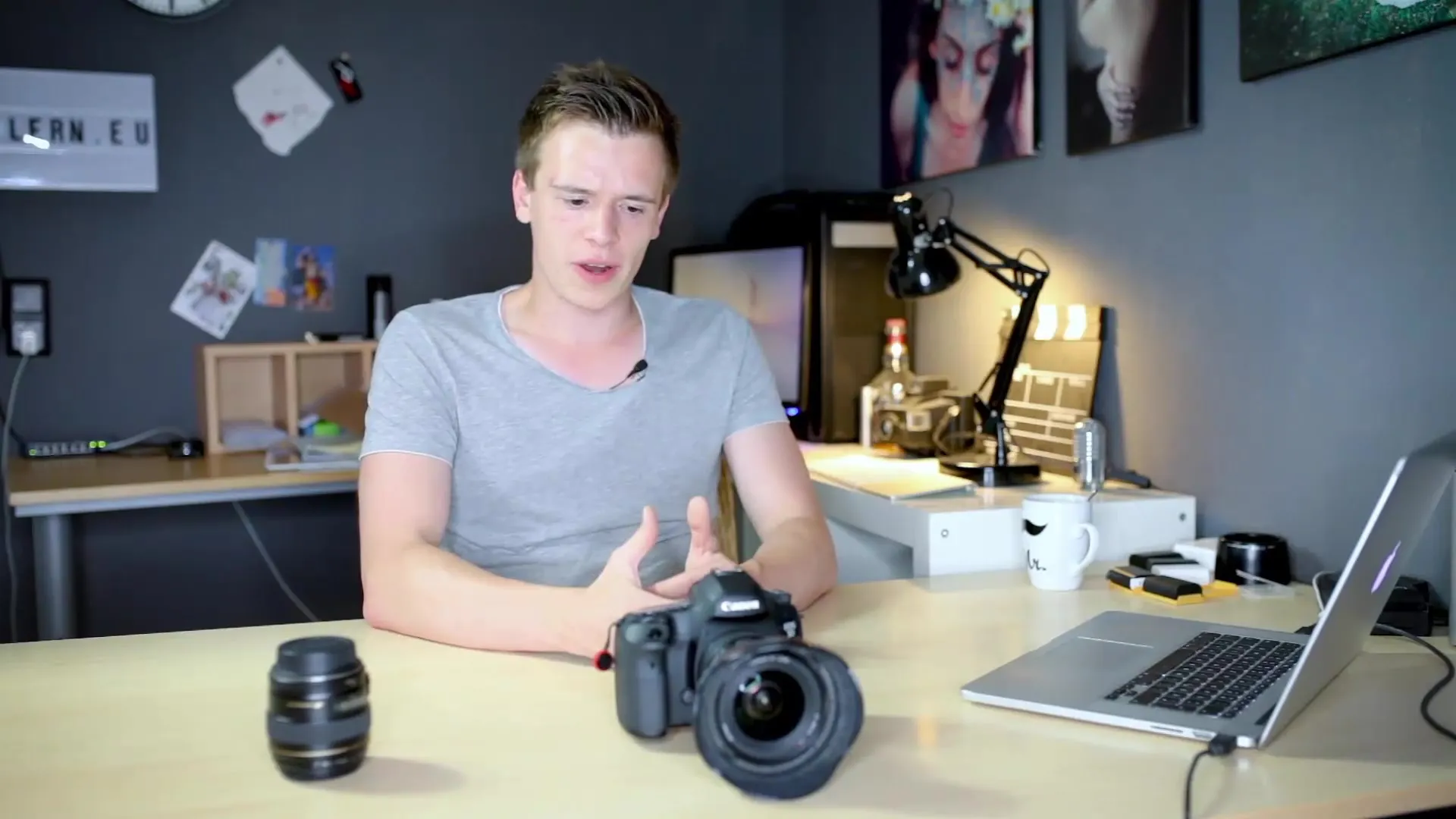
Using Noise in Creative Photography
Noise can sometimes produce an artistic effect. In certain shots, such as night photography, a higher ISO value can be used to create a particular mood or atmosphere, even if it means the image has a certain level of noise.
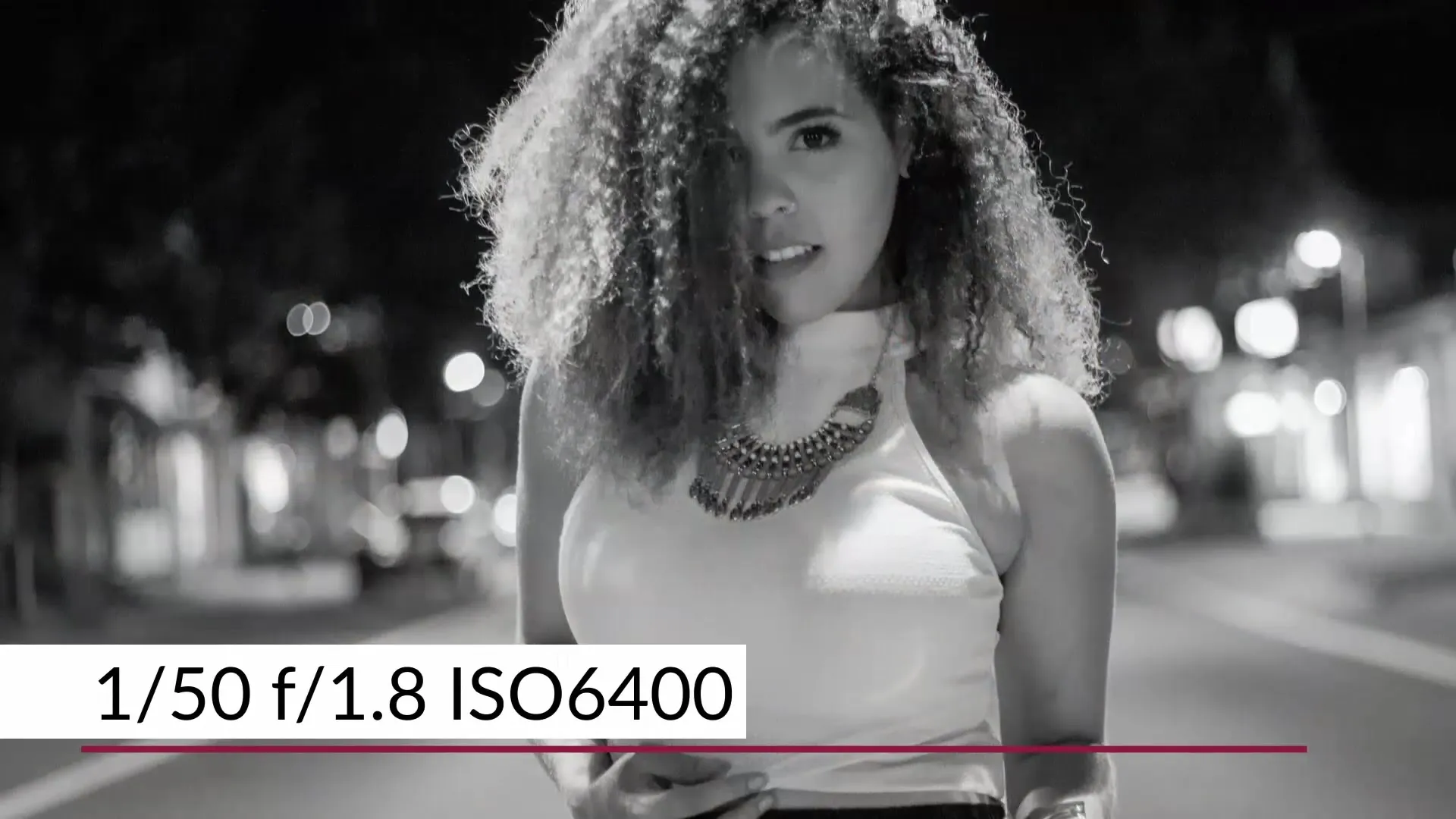
ISO Values in Practical Application
Where do you set the ISO value on your camera? Most cameras have a dial or button that allows you to adjust the ISO value. In many models, this is easily recognizable, often labeled "ISO." By pressing the button and simultaneously turning it, you can increase or decrease the ISO value – or switch the camera to Auto-ISO mode, in which it chooses the best setting by itself.
Summary – The ISO Value in Photography: Understanding and Application
In summary, the ISO value is a crucial factor in photography that influences both brightness and image quality. It is important to develop a sense of how noise occurs and how you can set the ISO value accordingly to achieve the best possible results.
Frequently Asked Questions
How does the ISO value affect image quality?A high ISO value can lead to noise, which negatively impacts image quality.
What is the optimal ISO value for night shots?For night shots, a higher ISO value of 1600 or above can be used, depending on the camera.
Can I reduce noise in post-processing?Yes, there are specific software options to minimize noise in post-processing.
Where can I find the ISO control on my camera?The ISO control is usually found as a button or dial on the camera.
When should I set the ISO value manually?When it comes to adjusting exposure in difficult lighting conditions, manual adjustment is recommended.
